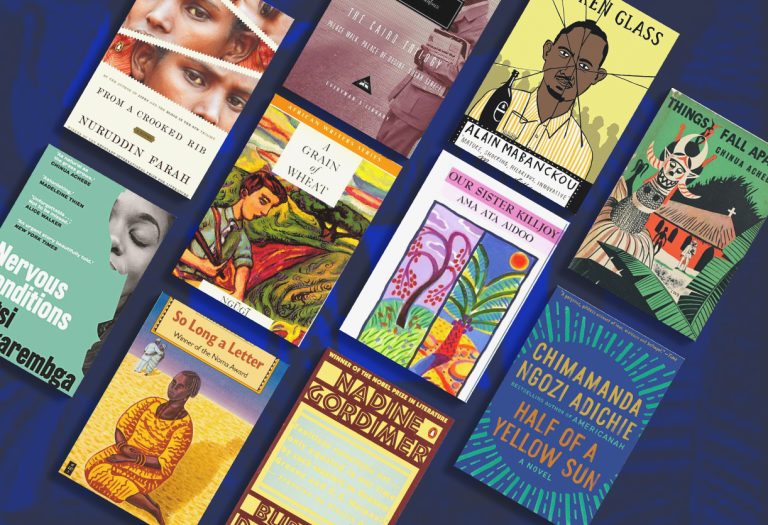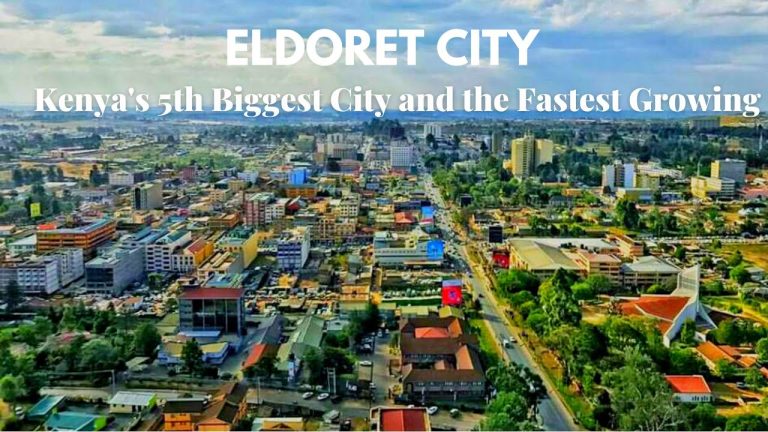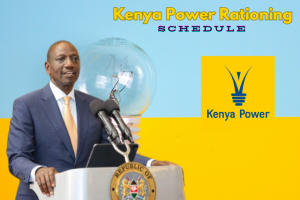Greenhouse gases (GHGs) are silently threatening the health and future of Kenyans with many...
Henry Mworia
Kenyans have access to a wide range of anime websites and apps that provide...
Impeachment serves as a constitutional mechanism to hold leaders accountable for misconduct, abuse of...
As 2025 unfolds, a wealth of literary talent emerges from the African continent, showcasing...
Wole Soyinka, the first African laureate to win the Nobel Prize in Literature, is...
In today’s digital age, privacy is paramount. Whether you’re looking to keep sensitive information...
Bold colors….unique textures….innovative designs. 2025 brings exciting opportunities to elevate your wardrobe. Here are...
Ethiopian cuisine is vibrant and flavorful, offering a unique dining experience. In Kenya, many...
Safari means an exciting journey into nature, exploring wildlife and vibrant landscapes. This city...
The ongoing conflict between Hamas and Israel has intensified dramatically. Recent airstrikes have resulted...















